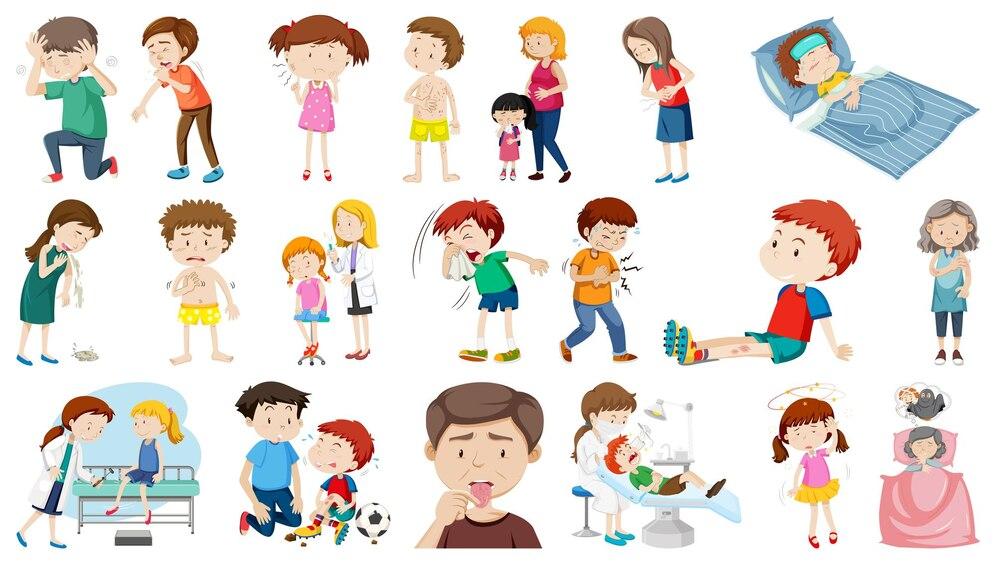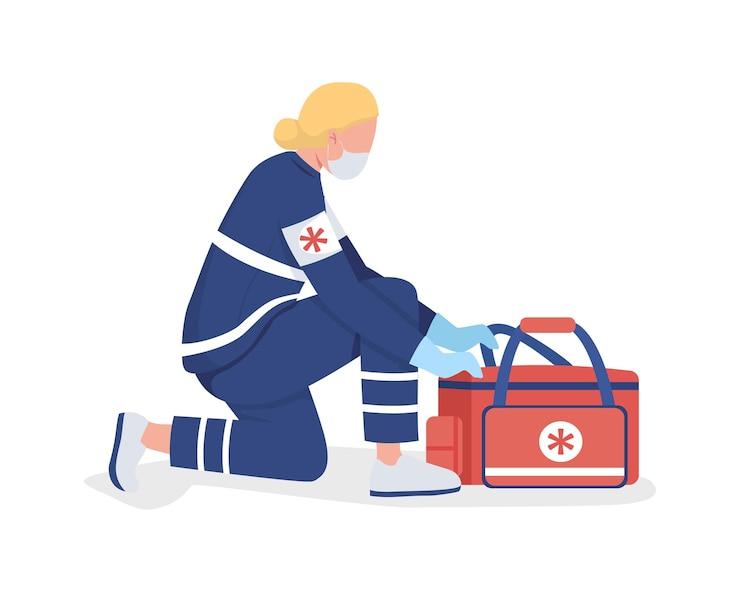Recognising Signs of Medical Emergencies in Children
When it comes to children’s health, things can change quickly. Although they may seem fine one moment, an underlying medical emergency could present itself the next. In those moments of uncertainty and panic, recognising signs of medical emergencies in children is a lifesaving skill for every parent and caregiver. From guidance about when a fever needs to be addressed by your doctor to understanding which symptoms indicate chest pain or stroke —it’s essential to know what steps you should take if an emergency arises. So read on as we detail some common warning signs that signal more severe issues with your child’s health.
Understanding the Symptoms of Dehydration in Children
Dehydration can be a serious concern for children, and knowing the signs to watch for is important. One key symptom is dry skin, which can feel rough or scaly to the touch. Dehydrated children may also experience excessive thirst and ask for water or fluids more frequently. Another common symptom is fatigue, which can make children feel sluggish or unwell. If you notice any of these signs in your child, it’s essential to encourage them to drink plenty of fluids to help keep them hydrated. By staying vigilant and responding to these symptoms promptly, you can help keep your child healthy and happy.
How to Identify Signs of Respiratory Distress
Identifying the signs of respiratory distress can be a crucial skill in potentially life-threatening situations. Rapid breathing, difficulty breathing, and shallow breaths may all indicate a problem with breathing. Identifying these symptoms quickly can help determine if emergency medical attention is necessary. It’s also important to note that respiratory distress can occur in adults, children, and infants. By recognising the signs, you may save a life. So, it’s time to join a Training in Paediatric First Aid and Basic Life Support Techniques
Learning to Recognise Subtle Signs of Anaphylaxis
Anaphylaxis can be a life-threatening condition that requires urgent medical attention. Recognising the symptoms of anaphylaxis is crucial in ensuring prompt treatment. Despite the severity of the condition, symptoms can sometimes be mild and easily missed. Hence, watching for subtle signs such as hives, itching, and swelling around the mouth or eyes is essential. These symptoms can happen in minutes and quickly escalate to more severe reactions such as breathing difficulties and loss of consciousness. Identifying the early warning signs can make a real difference in managing the situation and potentially saving someone’s life. 
Becoming Familiar with Indicators of a Severe Allergic Reaction
It can be a terrifying experience to witness someone experiencing a severe allergic reaction, especially if you don’t know what to look for. Familiarising yourself with the potential indicators can mean distinguishing between a safe resolution and a life-threatening situation.
Two key indicators to keep in mind are difficulty swallowing and speaking. These symptoms often arise quickly and can result in a dangerous situation if not addressed immediately. By knowing what to look out for and understanding how to respond, you can help ensure the safety and well-being of those around you.
Identifying Signs of Shock in Children
Knowing the signs of shock in an emergency is essential as a parent or adult responsible for children. Identifying these symptoms early can mean the difference between life and death for a child.
- One of the most noticeable signs of shock is pale skin, as the body tries to preserve blood flow to vital organs.
- Another standard indicator is confusion, as the brain processes a lack of oxygen.
- And, of course, loss of consciousness is a clear sign that immediate medical attention is needed.
Knowing how to identify these symptoms and quickly act can make all the difference in a child’s well-being.
Being Aware of How to Recognise Meningitis Symptoms
Meningitis is a potentially life-threatening infection that requires immediate medical attention. Although rare, it can happen to anyone, regardless of age or gender. Sadly, many people don’t realise they have it until it’s too late. That’s why it’s crucial to know the symptoms and act fast if you or someone you know is experiencing fever, headache, stiff neck, or rash.
These are the warning signs that indicate the presence of meningitis in our bodies. By becoming aware of them, we can prevent the disease from progressing and seek professional help. Remember, early detection is key to a speedy recovery! 
Conclusion
Dehydration, respiratory distress, anaphylaxis, shock, and meningitis are serious medical conditions that can dramatically affect children. Parents and caregivers need to be aware of the signs and symptoms of these conditions so they can take action quickly if their child becomes ill or injured. The earlier the treatment is administered, the better the outcome will be. A comprehensive understanding of the warning signs associated with these health issues gives adults an advantage when caring for young people in their charge. Knowing these potential risks and taking detailed steps to prevent them is key to keeping kids safe and healthy. As parents and guardians, our job is first and foremost protection; staying one step ahead of our little ones requires knowing about potential danger.


